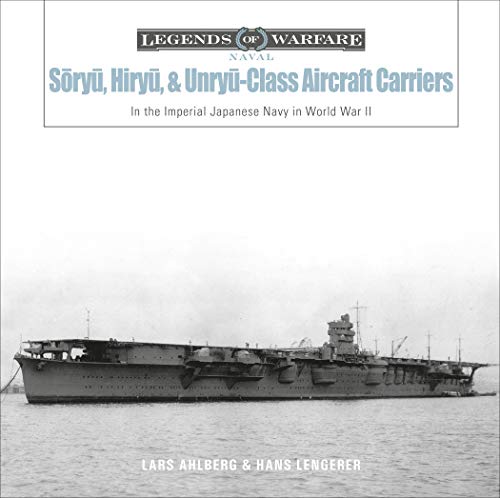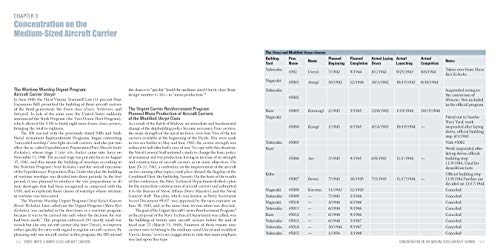Customer Services
Copyright © 2025 Desertcart Holdings Limited
Desert Online General Trading LLC
Dubai, United Arab Emirates





Sry, Hiry, and Unry-Class Aircraft Carriers: In the Imperial Japanese Navy during World War II: 17 (Legends of Warfare: Naval, 17)
H**O
Good description of the design but definitely would benefited from drawings supporting the text
Firstly I would like to say the quality of the book is very nice, high quality hardback printing with nice glossy pages is a good feature, especially given the relatively low price.The purpose of the books is to explain the general design characteristics of the Soryu, Hiryu and Unryu classes and only one brief chapter is dedicated to their histories, so don't buy it if you're looking for anything more than a description of their designs, fortunately, this was why I bought the book.The book begins by explaining the reasoning behind the design of the carriers and the treaties at the time which dictated the design. It goes on to describing the basics of design of certain features of the carriers in chapters. The text is good but can be slightly confusing at times and I feel as if labelled drawings and diagrams of what it is describing would make it so much better. For instance, it was very hard to get a clear image of what the gearing setup for the steam turbines looked like just from reading the describing text alone and I had to look at a diagram of the gear set up from another book (by the same authors) in order to get a clear image of what it looked like. I had similar problems while reading about other things the book was describing and it would greatly help to have drawings/diagrams of what was being described. I was also disappointed that the text sometimes didn't go into enough detail about what it was describing, for instance, it just mentions that the ship had 8 oil-fired water tube boilers but doesn't explain the design of the boilers, i.e. shape of the super heater, number of water tubes, number of steam drums per boiler ect. This is also true for other specific components it describes such as radar, fire control and elevators. A minor annoying issue is that there is no list of references or bibliography anywhere in the book.The book does have some excellent pictures of the aircraft carriers themselves throughout the book and in a separate section for pictures at the back which shows the ships in various stages of construction and at various points throughout their careers. Many of these pictures I have never seen before. There are also some excellent line drawings of the superstructure of Katsuragi which were labelled. I very much enjoyed the 7 pages in the middle of the book showing entirely line drawings of various cross sectional views of Unryu at different frames. However, these drawings were sadly not labelled so it is left up the reader to try and guess what the rooms and compartments in each drawing were. There was also a great cutaway drawing showing the entire length of Unryu on page 27 but sadly it was too small to make out any details and was also not labelled.In conclusion, this book does a good job at outlining and describing certain aspects of the design however, it would hugely benefit from more labelled technical drawings and perhaps more detailed descriptions in certain areas.
D**Q
Good but lacking a conclusion
This is my first venture into this series and I have to say I'm impressed. The layout is good and logical, lots of scale drawings and photos - but they do become confused as they don't tend to link very well to the text and some are too small to read properly. Section drawings often are large but don't refer to any bulkhead reference so it's left for you to interpret where these are. There is a section describing the ship layout and it would have been helpful to provide a diagram to illustrate this.The text is easy to read and follow but some terms or phrases seem odd - perhaps this is lost in a translation of original work?The book concentrates on the technical, why I bought the book, rather than the operational histories but these are included in summary form, which works well. Although to some extent, details of why the design changed (for example the port side island as opposed to the starboard side) and what shortcomings were encountered, or comparison with other navy's versions and other operational issues are described throughout the sections, there is no substantive conclusion as to how successful the ship's designs were. That said a great resource that's well worth buying.
E**D
Pleased to have it, but...
The written English would be fairly good, for a second language. It is often stilted, and at times needs reading two or three times to tease out the meaning. The book nonetheless covers the ground, hence the 4 star as opposed to lower rating. The publisher's editorial team needs to buck their ideas up.
Trustpilot
2 months ago
2 months ago